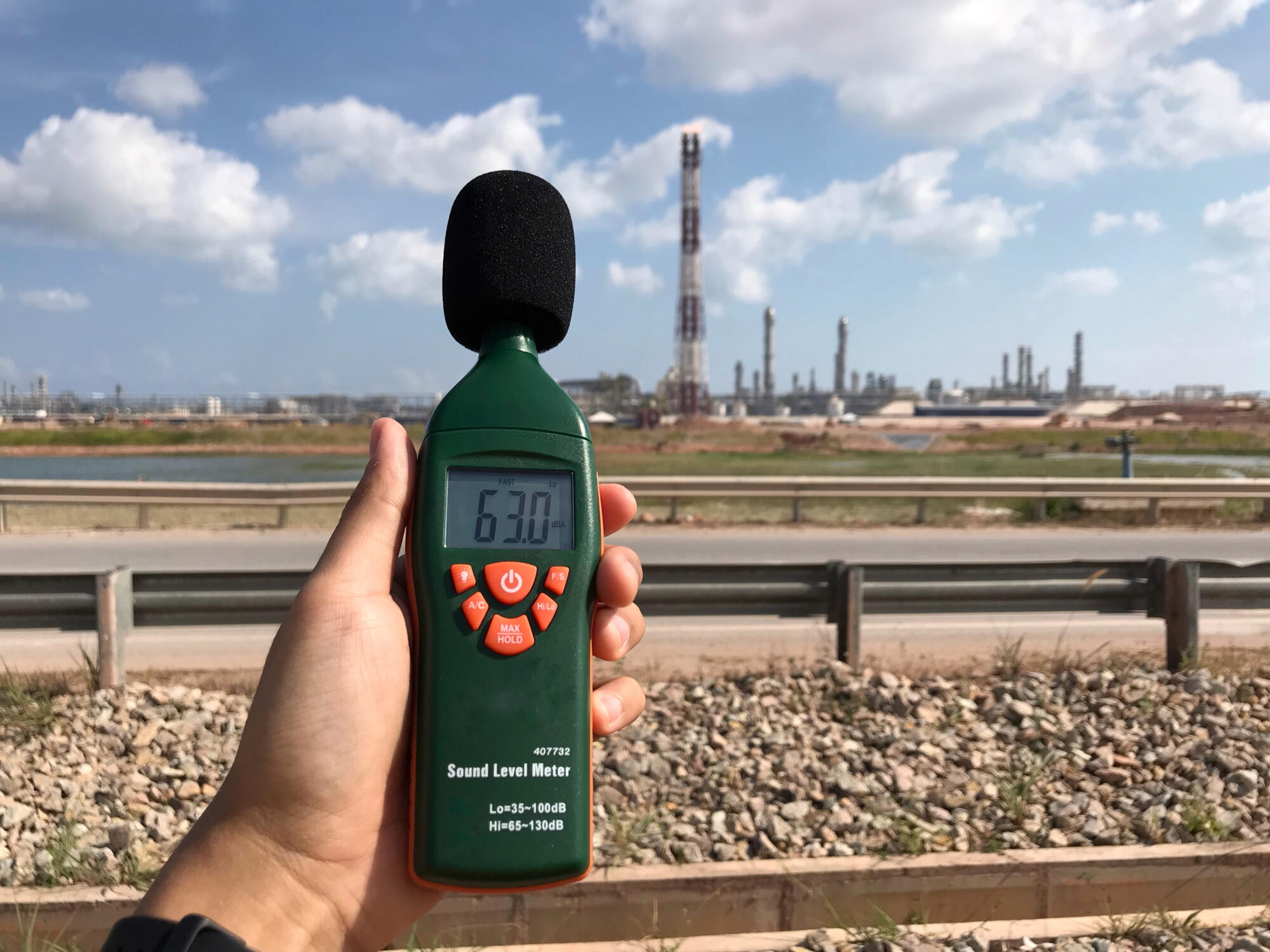Actions for reducing traffic related noise revealed
Phenomena project publishes advice on reducing noise pollution, drawing on insights gained from projects POLIS contributed to.
Long-term exposure to environmental noise from transport can lead to significant health complications. Indeed, The European Environment Agency (EEA) estimates that 109 million people in the EU-28 are exposed to road traffic noise levels of 55 dB Lden and higher.
Given the number of exposed citizens in the EU, and taking into consideration the growth of traffic, infrastructure and adjacent dwellings, further intervention is required to mitigate the impacts of environmental noise in the short and medium term.
The Phenomena project aimed to address this concern, identifying and assess measures to reduce the detrimental effect of transport noise on health. The project has now released its findings publicly.
Through a combination of policy research, consultation, health economics and environmental assessment, the project identified 23 individual policy options covering rail, road transport and aviation.
This was established, in part, but exploring some of the outcomes of a variety of projects, on which POLIS was a consortium partner. Indeed, noise abatement measures proposed by CityHush, a project providing municipalities with tools to establish noise maps and action plans, and SILENCE, which established Local Noise Action Plans, provided key insights and tools for Phenomena’s final report.
Solutions at hand?
Individual solutions for road traffic, rail and aviation were identified and analysed for their cost-benefit.
For road traffic, tighter vehicle limits, increased electrification, together with national actions including speed and access restrictions together with more quiet facades and dwelling insulation were proposed. Meanwhile to reduce acoustic impact of railways new track design an electric options (such as that demonstrated in Grenoble Metropole) were advised.
However, the report warns against more superficial- yet expensive- measure such as noise barriers, unless they are integrated in landscape or buildings.
Read the full report here

